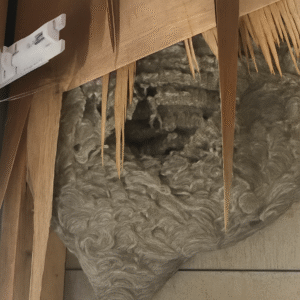The authenticity of the Shroud of Turin has been a topic of ongoing debate for many years.
A researcher investigating the mysterious relic has revealed a new finding that could shift public perception of the ancient linen. The Shroud, which first appeared in historical records around 1353, attracted attention due to the faint image of a crucified man, showing wounds consistent with those described in the Bible.
Because of these markings—such as wounds in the wrists and feet, and signs of a crown of thorns—many Christians believed the Shroud might be the burial cloth of Jesus.

However, a recent study published in the journal Archaeometry offers fresh evidence challenging that belief. Brazilian 3D designer Cicero Moraes, known for his historical facial reconstructions, used computer modeling to analyze how cloth behaves when draped over a human body versus a low-relief sculpture, where the shapes slightly protrude from the surface.
By digitally simulating fabric on both models and comparing the results to detailed photographs of the Shroud taken in 1931, Moraes discovered that the cloth’s image aligns much more closely with how fabric would drape over a sculpture rather than a real person. This suggests that the Shroud’s image may have been created using a sculpted form, rather than being the result of contact with an actual body.

In an email to Live Science, Moraes said: “The image on the Shroud of Turin is more consistent with a low-relief matrix. Such a matrix could have been made of wood, stone or metal and pigmented (or even heated) only in the areas of contact, producing the observed pattern.”
When placed over a 3D body, Moraes found that the fabric deformed and resulted in a swollen and distorted image.
Moraes wrote: “Although there is a “remote possibility that it is an imprint of a three-dimensional human body, it is plausible to consider that artists or sculptors with sufficient knowledge could have created such a piece, either through painting or low relief.”
The findings would fall in line with previous carbon dating analysis, which found that the shroud was created some time between A.D. 1260 to 1390, further indicating it is not a genuine relic.





